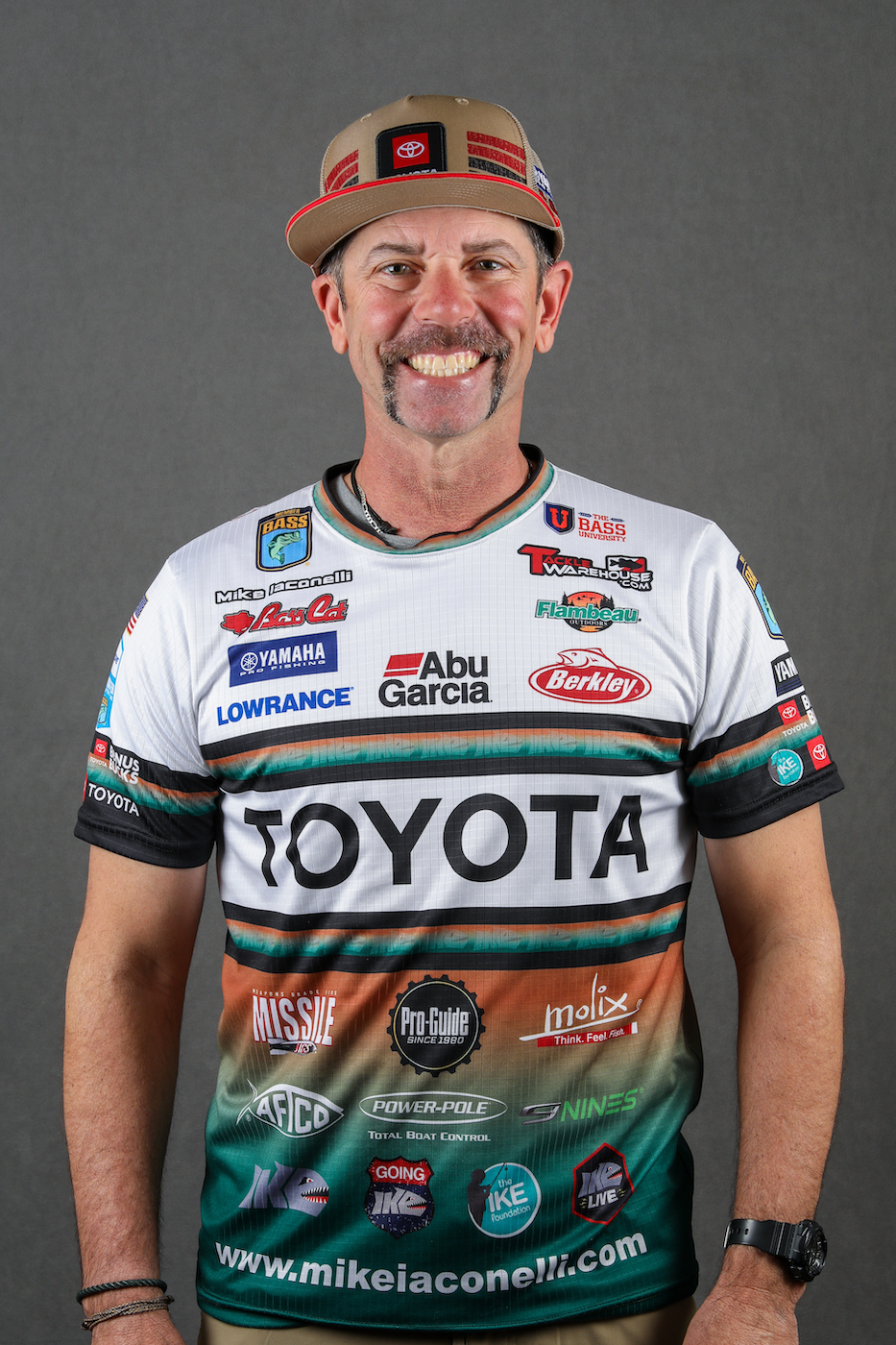
There’s no better time to throw metal baits than during the coldest water of the year. That’s not to say these lures won’t catch bass in other seasons, but it’s hard to beat metal in the dead of winter.
Most fishermen think of jigging spoons like the Hopkins when you mention metal baits, but this category also includes blade baits, tailspinners and the Rapala Jigging Rap Ice Jig. I use all of them in different situations.
Flats
I opt for a blade bait when I’m fishing a flat in the winter. A flat is a horizontal structure that extends for a few hundred yards to a mile. Although it doesn’t have sharp breaks, somewhere along that flat will be near deep water.
Flats are great places to catch cold-water bass, especially during a warming trend. On tidal rivers a productive winter flat might be only 5 to 10 feet deep. On natural lakes and highland reservoirs, you might be fishing flats 10 to 20 feet deep. In super clear water you may have to fish flats in 30 to 40 feet of water.
The old Silver Buddy, designed in the 1980s, is perhaps the most well-known blade bait. This type of lure typically sports a minnow-shaped flat metal blade with a lead belly molded to it. It usually has three holes in the top of the blade for a snap and two treble hooks on the bottom. I fish one made by Molix called the Trago Vib Blade Bait. It has a more realistic baitfish profile, better hooks and dramatic flash and vibration.
The Trago Vib is the perfect metal bait for covering a lot of ground, which is what you have to do to find bass on an expansive flat. I make a long cast and let the Trago Vib sink to the bottom. Then I repeatedly lift it 6 to 12 inches off the bottom with a slow pull and let it flutter down. You’ll feel the bait’s lively vibrations every time you lift it.
Sloping banks
On winter days when there isn’t a warming trend or a cold front, I target 45-degree angle banks. Good examples include a channel swing that hits a point or bank and the riprap along causeways and dams. Bass love sloping banks in cold water because they can move shallow or deep with the snap of a finger.
In this situation I go with a Molix Trago Spin Tail tailspinner. It gives you the fast sink of a metal bait with the flash and vibration of a spinnerbait. I make a quartering cast to the top of the slope. When the Trago Spin ticks the bottom, I reel slowly and repeatedly pull my rod sideways to make the bait tag the bottom every few feet as it slides down.
Just as with a spinnerbait, I match the blade to the water clarity. In dirty water I favor a Colorado blade. In stained water I fare better with an Indiana blade. If the water clarity is 5 feet or more, I want a willow blade.
Vertical structure
When a winter cold front ushers in frigid temperatures and bluebird skies, I focus on vertical structure. That includes things like a bluff, bridge piling, docks over deep water and the face of a dam. A jigging spoon and Rapala’s Jigging Rap Ice Jig do the job for me in this situation. Don’t sleep on the Jigging Rap. It looks strange to bass guys, but it sure catches ’em.
With today’s electronics you can see if the bass are suspended or down on the bottom. I drop one of the lures straight down to the level of the bass or the forage fish. Then I pull it up 12 inches with a soft snap and let it fall back. The repetitive lift-fall, lift-fall, lift-fall looks like a dying baitfish.
By using your electronics in conjunction with metal baits, you can enjoy some of the best winter fishing you’ve ever had in your life.
Learn more about how I fish metal baits and other techniques at www.mikeiaconelli.com or www.youtube.com/c/goingike.

